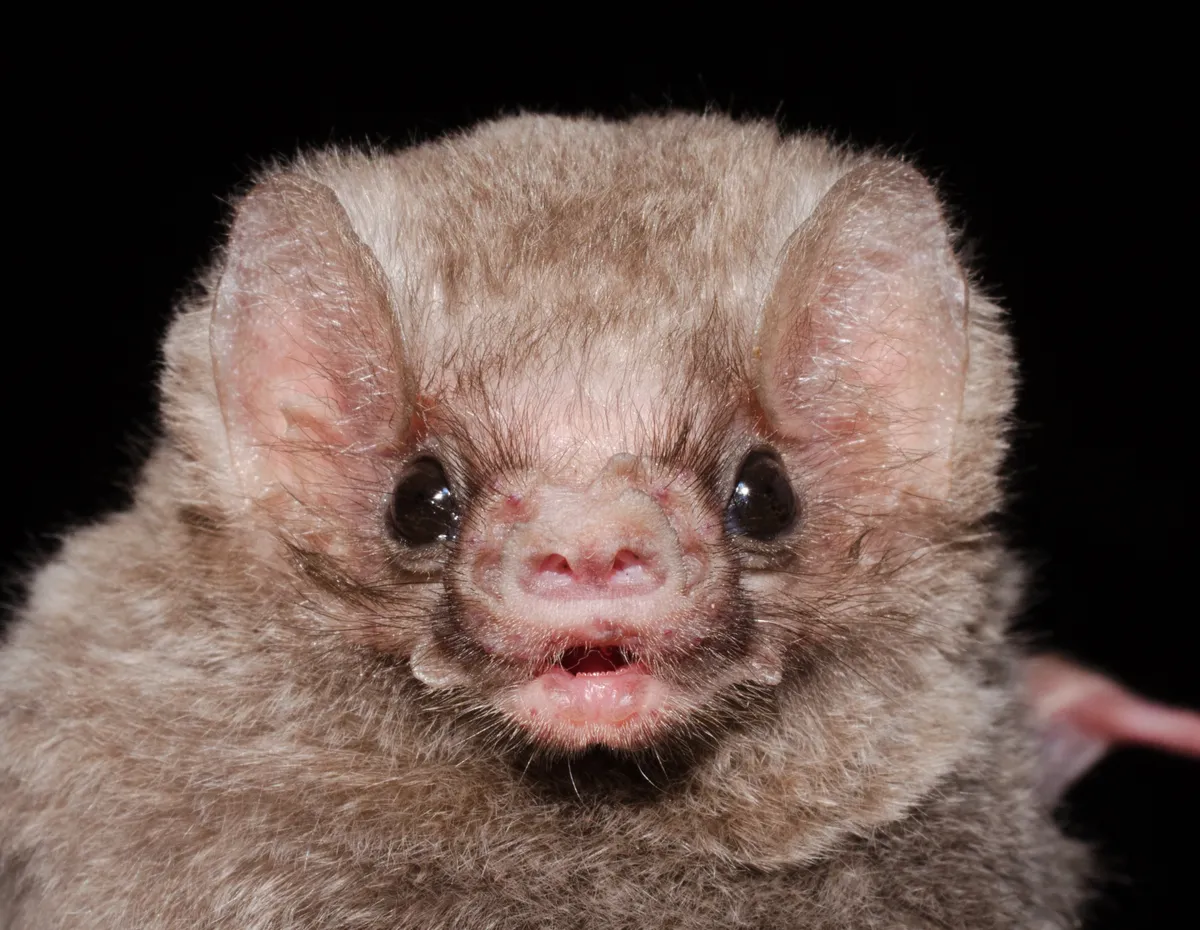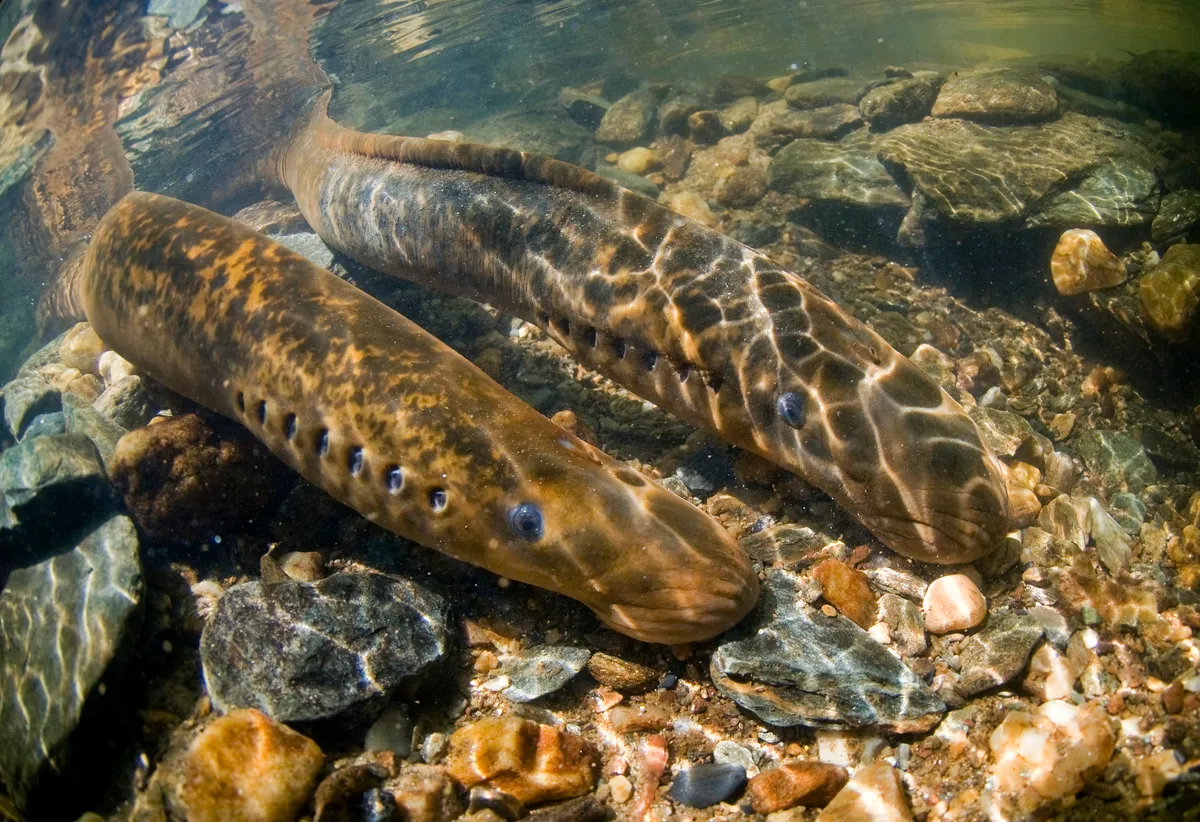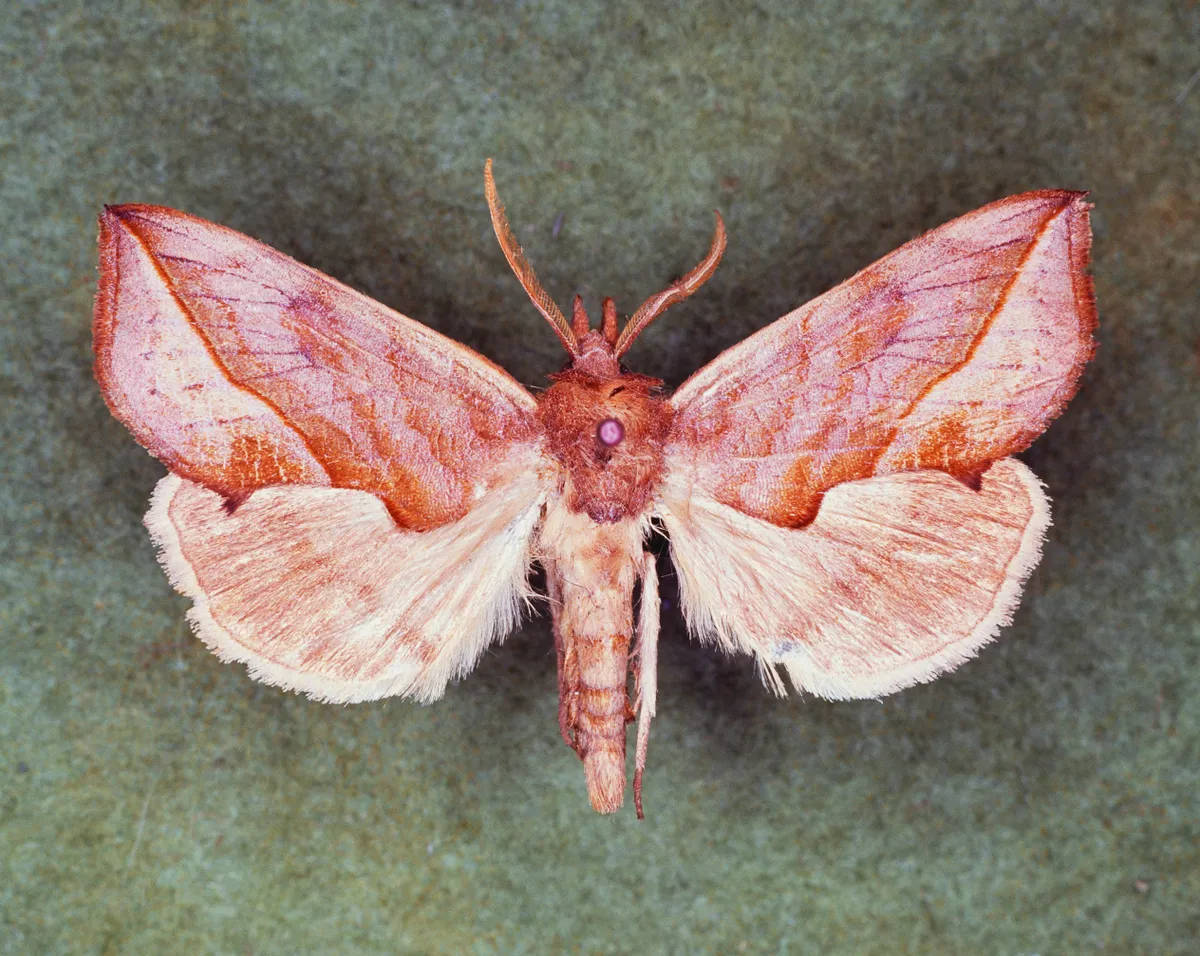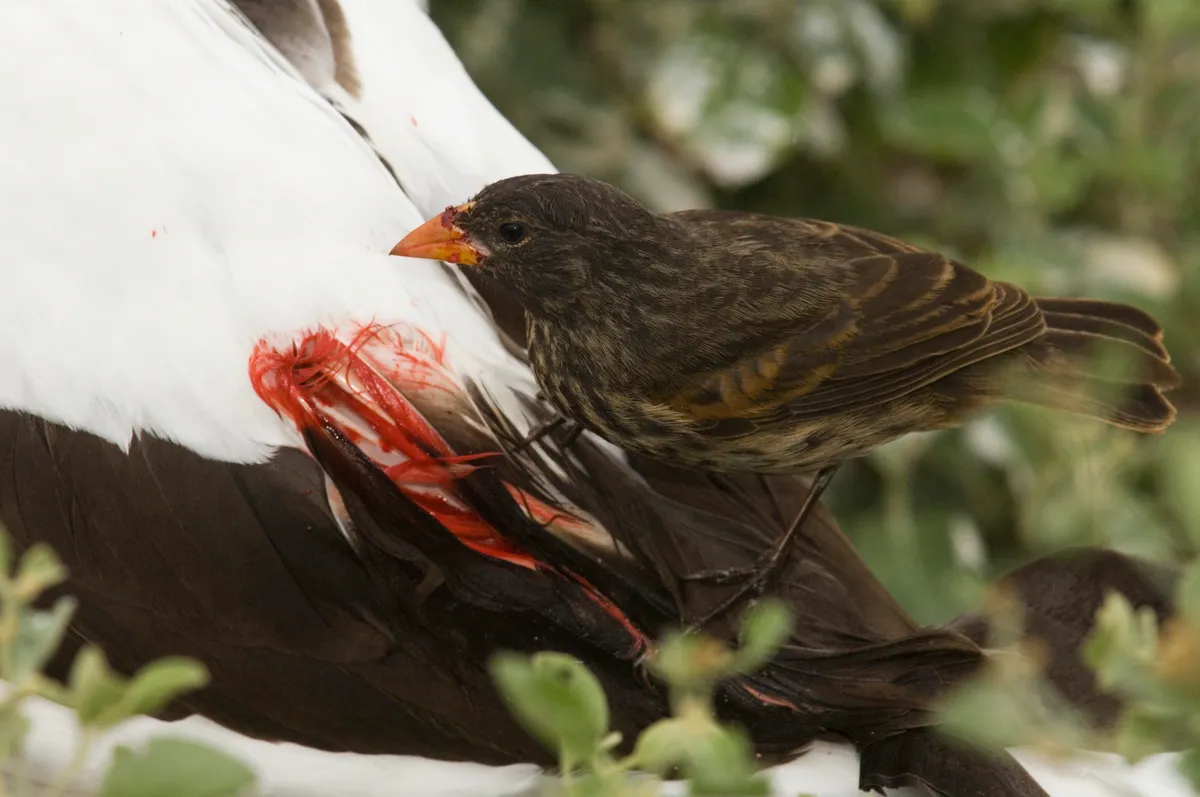We all know there are quite a number of insects, from ticks to mosquitoes, bed bugs to fleas, but surprisingly (or perhaps unsurprisingly) large number of other animal species a enjoy a good feed of blood.
This essential sanguine fluid carries oxygen and nutrients to brains and, indeed, around the other parts of bodies.
However, did you know that not all species of animals have blood? Insects, for example, do not have blood or haemoglobin and have haemolymph instead.
Why do animals feed on blood?
Superficially, blood may seem like a strange thing to consume. Not so – at least from an evolutionary perspective. It’s rich in protein and lipids – a power drink, if you can get to it. The trick is access.
As any fan of horror films can tell you, sucking blood relies on stealth. It requires piercing mouthparts, be they teeth, a needle-sharp proboscis or even a beak. It also often depends on special chemical contrivances to keep the blood flowing, inhibit the immune system from reacting and, of course, prevent your chosen victim from smacking you dead.
Yet blood-feeding – haematophagy – has evolved again and again. And here are five examples…
6 animals that suck on blood
Vampire bats (Desmodontinae sp.)
When we think of vampires, we think bats. But of more than 1,200 bat species, only one subfamily, Desmodontinae, has evolved a fondness for blood.

The so-called vampire bats find mammals (or, in the case of one of the three extant species, birds) by listening for their victims' breathing and, once landed nearby, sensing the heat of the blood's friction beneath the skin to find the spot to bite. A bat can double in weight during a blood-sucking session.

The most common species, and the only one to feed on humans, is Desmodus rotundus. Though they transmit rabies, their overall impact on humans is beneficial. The active ingredient of the drug Desmoteplese, used to increase blood flow in stroke patients, is ananticoagulant found in the bat's saliva. A bat might save your life.
Oxpecker

As well as enjoying a meal of parasites like ticks, the oxpecker bird from Sub-Saharan Africa also likes to make a meal from blood, cattle blood usually. They will peck away at wounds to make the blood flow for a good drink, which is not great for the poor cattle as it often makes the wound worse and can introduce infection.
Candiru fish (Vandellia cirrhosa)

No man wants a fish to swim up his penis - which is just what one catfish, the candiru, is reported to do, though the frequency of such attacks may well be exaggerated. However just hearing that we thought it deserved a place on our deadliest fish list - along with a place on our weirdest fish list...
The candiru's usual tactic is to swim inside the gills of a fish to suck blood from its major arteries.
The blood is pumped at force by the host's blood pressure into the submarine vampire, which delights not only in the blood itself but also in the lift it catches. Candiru have been shown to ride along with hosts for thousands of kilometres: theirs is the ultimate 'lunch to go'.
Sea lamprey (Petromyzon marinus)

Marine mammals - lacking gills and proximity to fresh water - are exempt from assaults by the candiru (see above) but they are not entirely free from the attentions of vampires. Like salmon, the sea lamprey goes on amazing pilgrimages up rivers before returning to the sea, followed by its offspring.
But while the salmon that make it back to the open ocean go about their business of eating small fish and invertebrates, an adult sea lamprey fastens its mouthpart - a sucker lined with rasping tongue and teeth - onto the skin of fish and whales and imbibes their blood.
Vampire moth (Calyptra thalictri).

If you have any doubt about the irresistible temptation posed by the blood of humankind, you need only talk to Jennifer Zaspel, an entomologist at the University of Florida. She discovered a group of formerly fructarian moths that at some point in recent history departed from their fruit-only diet in favour of human blood.
The moth uses its hook-and-barb-lined mouthparts to pierce human skin and feed. It's a fascinating snapshot of a key step in the evolution of bloodsucking.
Vampire ground-finch (Geospiza septentrionalis)
Charles Darwin witnessed many curiosities in the Galapagos Islands - notably, of course, the many varieties of finch that informed his theories. But Darwin missed some things, among them the darker side of the vampire ground-finch, a finch species endemic to the Wolf and Darwin islands (thought to be a subspecies of the sharp-beaked ground-finch by some scientists, and as a distinct species by others).
Its main diet is seeds and insects. But when these are scarce, the vampire finch also has a thirst for blood. It crawls onto the backs of seabirds and uses its long bill to peck into blood vessels at the bases of its host's feathers. Its home islands are some of the driest among the Galápagos, so perhaps it partakes of its gory refreshment for lack of another source of liquid.

Or perhaps not. It has been speculated that the first step in the finch's road to parasitism was feeding on the ticks that feed on the seabirds. It may have evolved to cut out the middle-man, taking feed straight from the source.
